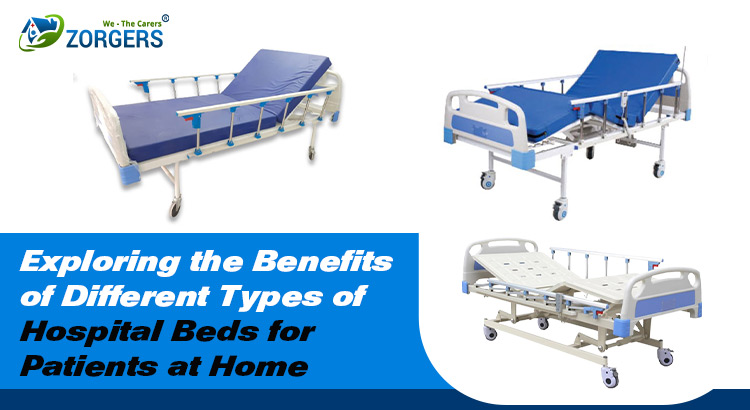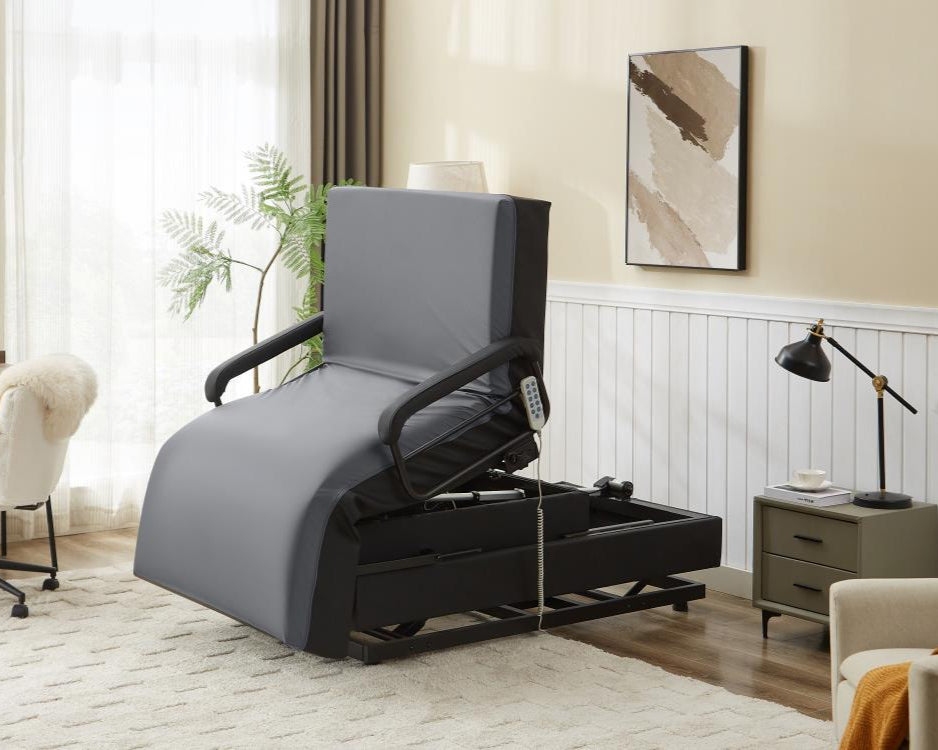The Definitive Guide to Hospital Beds For Home Use
The Definitive Guide to Hospital Beds For Home Use
Blog Article
The Best Strategy To Use For Hospital Beds For Home Use
Table of ContentsSome Known Incorrect Statements About Hospital Beds For Home Use Hospital Beds For Home Use Fundamentals ExplainedExamine This Report on Hospital Beds For Home UseThe Facts About Hospital Beds For Home Use UncoveredSome Known Incorrect Statements About Hospital Beds For Home Use Some Of Hospital Beds For Home UseThe Ultimate Guide To Hospital Beds For Home Use
Next, we will explore the attributes, makes use of, and Pros and Disadvantages of each kind of healthcare facility bed in deepness. A hands-on health center bed is the a lot of basic type of healthcare facility bed, and all adjustment functions are accomplished via a hand-cranked gadget.These hand-cranked gadgets are typically installed at the foot or side of the bed, and the caregiver or client can readjust the height or tilt angle of the bed by drinking the take care of. Given that no electrical components are required, are usually less costly than electrical health center beds, appropriate for clinical organizations or households with minimal budgets.
5 Easy Facts About Hospital Beds For Home Use Shown
For people that need to change their pose or height regularly, manual beds may not be hassle-free enough since each change calls for hands-on operation. If the bed needs to be changed regularly, taking care of staff might require to invest more physical stamina to run the hand-cranked device - hospital beds for home use. Handbook beds are normally ideal for people in the healing duration or occasions with low nursing needs
Usually, the change of the back and legs is regulated by electrical motors, while the total height adjustment still needs to be done by hand. The function of this style is to decrease expenses and power intake while maintaining high operational convenience. Compared to hand-operated hospital beds, semi-electric health center beds are easier in changing the back and legs, particularly for patients that require to readjust their posture regularly.
Considering that only some features rely on electrical energy, semi-electric healthcare facility beds take in much less power during usage. Given that the overall elevation still needs to be changed manually, it might not be as practical as totally electrical health center beds for clients that need to readjust the bed elevation regularly. Compared with hands-on health center beds, semi-electric medical facility beds are slightly much more intricate to run, calling for individuals to grasp the combination of electrical and manual operations.
Electric medical facility beds have high change precision and can be precisely adapted to a certain angle and height according to the demands of individuals to provide the most comfortable assistance. All-electric medical facility beds are typically geared up with a range of added functions, such as integrated scales, bed mattress stress change, etc, to meet the unique demands of different patients.
The Best Guide To Hospital Beds For Home Use
A low bed is a specifically designed health center bed that can be adapted to a very reduced level, normally just a few inches from the ground. The objective of this design is to minimize the threat of clients dropping from the bed, particularly for people that go to threat of dropping, such as the senior or individuals with minimal movement.

The smart Trick of Hospital Beds For Home Use That Nobody is Discussing
provide a treatment environment appropriate for kids's height and body shape, enhancing the comfort and safety of kids. Some pediatric beds are likewise equipped with vibrantly colored bed rails or anime designs to minimize the anxiety of kids in the health center atmosphere. For kids that require to remain in bed for a long time, pediatric beds are normally outfitted with anti-bedsore cushions, flexible bed rails and various other functions to offer detailed treatment support.
The shipment bed is likewise outfitted with postpartum recovery features, such as bed mattress adjustment, bed heating, etc, to assist mothers recover much faster. The extensive treatment bed (ICU Bed) is developed page for the critical care unit (ICU) and has detailed surveillance and nursing features. This kind of bed is typically geared up with user interfaces for a range of surveillance tools, which can keep track of the patient's crucial indications in actual time, such as heart rate, blood stress, respiration, and so on.
Indicators on Hospital Beds For Home Use You Need To Know
The extensive care bed has a fully electrical modification function, which can swiftly adjust the angle and placement of the bed to meet the demands of different therapies and care. The design of ICU bed takes into account the demand of rescue procedure. The bed can be quickly adjusted to the most appropriate rescue posture and accept the use of rescue tools.
It can successfully separate patients from the outdoors and minimize the danger of infection transmission. Seclusion beds are generally geared up with special bed drapes or sealing covers and attached to air purification systems to keep the air around the bed clean. Seclusion beds are specially created to stop the spread of microorganisms from contagious clients and protect the security of various other patients and medical personnel.
Seclusion beds are furnished with air filtration systems that can filter bacteria and particle matter in the air to maintain the air around the bed clean. Can also be readjusted to different settings.
Hospital Beds For Home Use - Questions
Bigger and sturdier than a basic bed. Overweight, obesity, individual sizeDesigned for clients in jeopardy of befalling of bed. Reduced to the ground than a typical bed. Individual drops, bed heightDesigned for kids. Smaller sized in dimension than a conventional bed. Pediatrics, child-sized equipmentUsed throughout giving birth. Outfitted with features such as stirrups and a headrest.

In a medical care setting, choosing the ideal bed can not just enhance the efficiency of care, yet also dramatically enhance client comfort and security. By comprehending the kinds and uses these beds, medical care facilities and family caregivers can better support and care for their people.
Some Known Questions About Hospital Beds For Home Use.
HomeCare Health Center Beds, a department of DiaMedical U.S.A., is committed to giving full transparency for its clients. Patients can be bewildered by the different choices in long term care products, and HomeCare Health center Beds is committed to simplifying this procedure, while ensuring consumers get the info and support they need.
(DME) that your doctor prescribes for use in your home. Medicare pays for different kinds of DME in different methods.

Report this page